While it’s increasingly rarely seen in today’s modern fashion, the bowler hat is a definite classic in menswear. But what are its origins, how can you wear it well today, and just why does it have so many alternate names? Today, we’ll thoroughly discuss the bowler hat, its long and curious history, and, of course, how to wear it stylishly.
- What Is A Bowler Hat?
- Early History of the Bowler Hat
- Bowler, Derby, Coke–What’s With All The Names?
- The Bowler Hat Gains Popularity
- The Decline of the Bowler Hat
- How to Wear a Bowler Hat
- Bowler Hat Styles To Avoid
- What Style of Bowler is Best for Your Face Shape?
- Where Can You Find a High-Quality Bowler?
- Bowler Hat Care Tips
- Outfit Rundown
What Is A Bowler Hat?
Because of its long history, from roughly 1849 to the present day, there are many subtle variations in bowler hat designs that also depend somewhat on the original maker. But, generally speaking, the bowler hat, also referred to as a “derby hat” depending on your location, is a stiff hat. It can be made from polyester, wool felt, or for the best quality possible, fur felt.
By stiff hat, we, of course, mean that it isn’t a crushable variety, which is softer and can take a bit more punishment. Think of things like fedoras and trilbies that often fall into this crushable category. As we said before, the bowler is stiffer, similar to Homburgs and top hats. Its distinguishing feature is its round, open, bowl-shaped crown, though, curiously enough, this isn’t where the hat gets its name, but we’ll dive into the history of the hat in a moment.

It also usually has a curved brim with a tight d’Orsay curl or pencil roll at the edge. In turn, the d’Orsay curl is named after the French dandy Alfred d’Orsay born in 1801, who was known for wearing his hats with tightly curled brims. Curiously, he’s probably the inspiration for the mascot of The New Yorker magazine, Eustace Tilley.

Returning to the hat’s construction then, bowlers are most commonly made from fur felt, which isn’t actually woven but rather matted, which is why you can sometimes see individual fibers from the hat. Some hats can be furrier than others, but the finish all depends on how the hat is pressed and sanded during manufacturing. The fur felt was put through a process called “carroting” as it was dipped into an orange-colored liquid, mercurous nitrate, which contained mercury.

As you may know, mercury is a toxic substance to humans. Inhalation and direct contact with this chemical are what led many hatters to develop a condition called “erethism,” which is a disorder of the central nervous system. This is what led to the common phrase “mad as a hatter” and led to erethism being called “mad hatter’s disease” or “the Danbury shakes,” as Danbury once boasted being “the hat manufacturing capital of the world.”
Early History of the Bowler Hat
Let’s get into the history of the bowler hat, which, as we mentioned before, started in 1849. The bowler wasn’t originally designed for style but rather for practicality. Our story starts here with the second Earl of Leicester, Sir Thomas William Coke, who owned a 25,000-acre estate called Holkham Hall, which is still the seat of the Earl of Leicester today.
His gamekeepers would ride around the grounds of the estate on horseback wearing top hats. But, because top hats are tall and cylindrical, they could easily be knocked off by wind or tree branches.

Meanwhile, his younger brother, Edward Coke, started thinking about ways that he could design a hat that was smaller, more compact, and aerodynamic, as well as being sturdier, so the gamekeepers could still have their heads covered but wouldn’t have to worry about wind, tree branches, or encounters with poachers.
He took his idea to the hatter James Lock & Co. on August 25th, 1849, where the chief hat maker at the time, Thomas Bowler, created the first prototype with his brother William Bowler. And the hat was definitely a success and effective as the Holkham Hall gamekeepers still use it even to this day.
Bowler, Derby, Coke–What’s With All The Names?
Part of this hat’s history is its many names. The hat was originally known as the “Coke hat” named after the Earl, William Coke. You can see this as evidenced by a ledger from Lock & Co. belonging to Charlie Chaplin from 1912-1922.
The gamekeepers who wore the hat at Holkham Hall gave it the moniker “Billy Coke” after William Coke, which later morphed into “Billycock.” However, these are seldom used names today. So, while we are fans of history, we wouldn’t recommend walking down the street and complimenting anyone on their Billycock today.

Thomas and William Bowler started making more of these hats for the public and decided to market them under their own name as “bowler hats,” which is why this is the most common name for them today. Lock & Co, however, does still refer to this hat style as “the Coke.”
So, why is the bowler hat referred to as the “derby” in the United States? In England, the 12th Earl of Derby began a series of annual horse racing events called the Oaks Stakes named after his estate in 1780. It was later renamed the Derby Stakes and is now known as the Epsom Derby. The word “derby” here meaning a flat race between three-year-old horses.
By the late 1800s, bowler hats were widespread and commonly worn at events like this as the wind wouldn’t blow them off one’s head and elsewhere into the stands. American race fans were also introduced to hats of this type, primarily in the derby setting. Hence, they began to refer to them as “derby hats” (using the American pronunciation of DER-by, rather than the English DAR-by).

The Bowler Hat Gains Popularity
While the bowler hat is known today as a prevalent icon of British culture, it also had a place in the American west. As we mentioned earlier, it was designed to be worn while on horseback. It was actually the most popular hat style for both lawmen and outlaws in the Wild West. It was actually much more popular than the standard cowboy hat we’re familiar with today and was only beaten in popularity by Stetson’s “Boss of the Plains” hat in 1865.
Meanwhile, in 1850s Britain, the bowler was seen as a primarily working-class hat and was worn by men like railway workers and miners as a precursor to the modern hard hat.
The more casual sack suit had come about in the 1840s. While originally, the upper classes would still wear their top hats with it, this later came to be seen as a fashion faux pas as definitions of formality became more clearly defined. Thus, the bowler hat would be worn more with sack suits as it was more casual.

By the 1870s and 80s, bowler hats were produced in countless different styles from multiple different makers, featuring prominently in menswear catalogs and hatter’s magazines. Not all of these hats were heavy and made for riding as softer, lighter bowlers also came into use for business suits in town.
In the 1890s, the bowler hat became more closely synonymous with the entertainment industry. It was used by many theatrical and vaudeville performers, both because of its durability and its working-class associations as it was something of an everyman’s hat.
Again, we’ll mention Charlie Chaplin, who started wearing a bowler as part of his uniform for his world-famous Little Tramp character in the 1910s. Through the 1920s, 30s, and 40s, the bowler was also used by many other performers and comic duos such as Laurel & Hardy and Abbott & Costello. Another example in entertainment would be the 1960s British TV series The Avengers, where Patrick Macnee played John Steed, often wearing a bowler hat.
By the 1920s, several more semi-formal and casual hat styles came into fashion, including Homburgs, fedoras, and flat caps. So, while it was once a working-class hat, by this time, the bowler came to be seen as more of an upper-class hat for city gentlemen.
Bankers and lawyers began wearing bowler hats with their stroller and lounge suits, and some notable figures like Georges Clemenceau even began wearing it with full morning dress.
The Decline of the Bowler Hat
In December of 1941, the United States public health service banned the use of mercury in hat-making, and so, hydrogen peroxide came to be used instead. Hat-makers felt that this led to a somewhat inferior product for stiff hats, and, indeed, softer hats were becoming more prevalent.
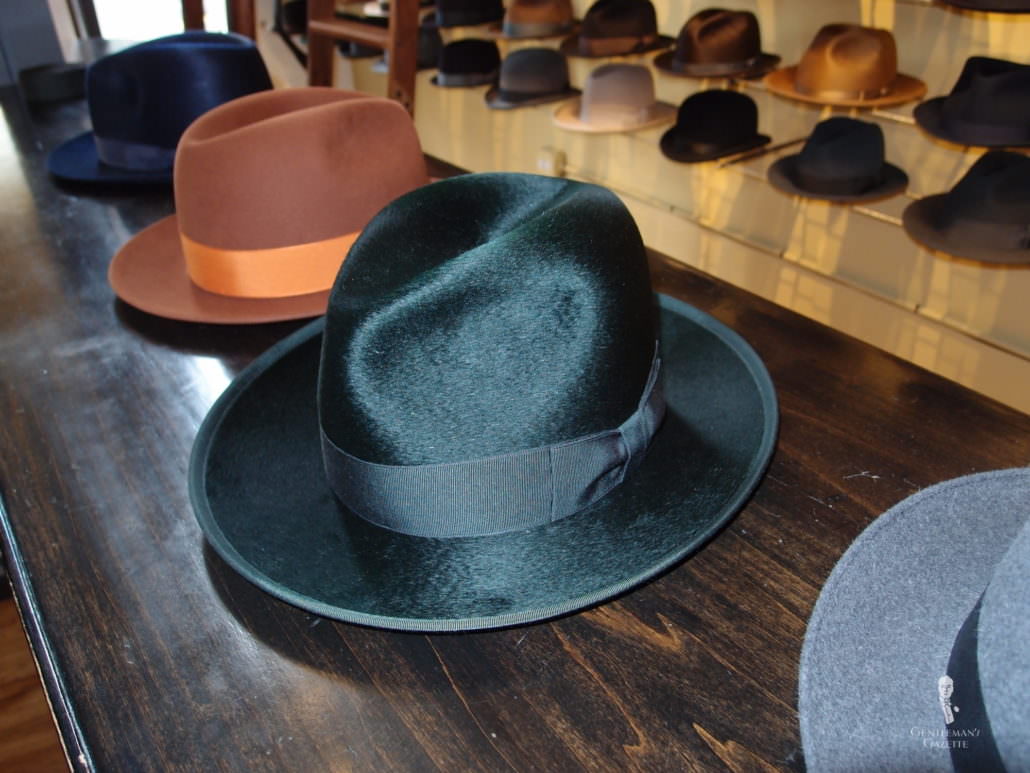
Soft hat styles were the most popular choices into the World War II Era. And post-war into the 1950s and 60s, wearing no hat at all became the trend. In fact, there’s Pathé newsreel from 1963, which comments that while the bowler was once popular worldwide, it wasn’t widely seen at that time. Curiously, the same newsreel also mentions that while the bowler was still popular for men at the races, women had begun wearing it as well.
British men were still wearing the bowler hat for high-level business deals into the 1970s. But, after that point, it truly did fall out of fashion. These days, bowler hats are exceedingly rare, though they are still worn by vintage hat enthusiasts and by hipsters, of course, in a more casual way. And more feminine versions of bowler hats, more similar to a cloche style, can also be seen in women’s fashion.
Also worth mentioning is the fact that in Hyde Park, London, on Cavalry Sunday, the second Sunday in May, an annual parade is held where retired cavalry regiments march in business suits, bowler hats, and tightly rolled umbrellas.

Another unlikely place that you can still see the bowler hat worn today is in Bolivia, where it’s called a “bombin.” It’s primarily worn as a women’s fashion piece there, and the story goes that in the 1920s, a tradesman had ordered some bowler hats to sell to British rail workers who were working in Bolivia.
However, when the hats arrived, they turned out to be too small for the Brits, and they were sold locally instead. The local Bolivian men weren’t interested, though. So, British tradesmen started selling them to the Bolivian women instead. Since then, the Quechua and Aymara women of Bolivia have worn small bowler hats pinned to their hair.
How to Wear a Bowler Hat
Of course, as we covered, the bowler hat started as a working-class hat but also had its own associations with the upper classes over time.

In today’s world, we’re less concerned with class distinctions, of course, so our simple answer is: if you like the look of a bowler hat and like how it looks on you, then you should go ahead and experiment with it.
Classic Looks
For a more classic look, you should pair your bowler hat with a business suit, lounge suit, or stroller suit and wear it more in formal and business settings. You can also pair a bowler hat with classic overcoat styles, about which you can learn more in our guide.
While some, like Winston Churchill, did choose to pair their formal morning dress with a bowler, which can still be done as an alternative today, it’s more common to wear a top hat with a full morning dress and a Homburg with a stroller suit or Stresemann.
The bowler is designed to be worn straight across the top of your head and not toward the back of your head, though you can tilt it slightly to one side or the other. The front and back of the hat should be obvious, but the round crown isn’t going to give you any hints. So, in order to find some guides, wear the bow on the outside of the hat to the left and make sure that the smaller bow on the inside sweatband is at the back.
Casual Looks
On the opposite end of the spectrum, though, the options are pretty limitless when it comes to modern fashions and casual styles. We wouldn’t recommend wearing jumpsuits in A Clockwork Orange style.
With all this said, given that we are advocates of classic men’s style, we would suggest that you try to wear a bowler hat more in its traditional contexts, but, again, feel free to wear it as you wish.
Bowler Hat Styles To Avoid
1. Mass-Produced Hats
Unfortunately, for hat enthusiasts, most bowlers that are made today are often made cheaply and will use polyester blends or, sometimes, even 100% polyester felts in their construction. The felt-making process is entirely mechanized today, utilizing needles on rollers and presses, which mangle and mat the fibers together. Still, as at least one upside, they aren’t using poisonous mercury anymore.
Hats today begin life as felt sheets or hoods that are then steamed and pulled over a ready-made bowler hat-shaped mold, which is then heated, pressed into shape, and has a string tied around it to secure the brim. The lining, ribbon, and bow are then all glued on.

These hats, however, aren’t hand-blocked or shaped so that every single one will come out the same, and they don’t come in specific hat sizes but, instead, just use small, medium, and large. So, the result is a cheap mass-produced-looking hat, which is something that you should avoid.
Another type of bowler we’d recommend avoiding is anything that comes in a bright color. As we’ve mentioned several times, bowlers were originally designed as a practical working hat. Even when they became more associated with the upper classes, they were still worn mostly in formal colors, such as shades of black, gray, and brown, with corresponding outfits.
2. Hats with Feathers (For Non-Hipster Looks)
We’d also recommend that, again, unless you’re going for a hipster look, you avoid putting any feathers in your hatband.
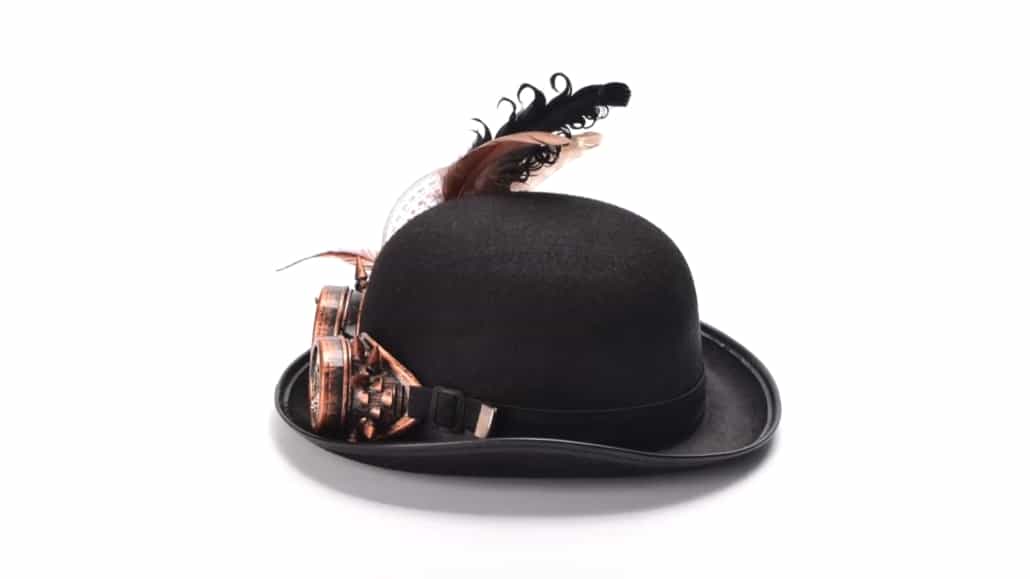
Feathers in men’s hats date back as far as the 16th century, but they largely died out by around the 17th century, with the exception of military fashions. By the time of the bowler hats introduction, feathers weren’t very popular unless going for a distinctly costumey or theatrical look. So, we’d recommend that you avoid them.
3. Women’s Bowler Hat Styles
As we also mentioned earlier, bowler hat styles have been worn by women since at least the 1960s. And, indeed, the most common hats you’re going to find, especially when searching online for bowler hats, are women’s styles. But, if you know what to look for, you can avoid them.

Women’s styles typically sport much shorter brims that are often snapped up all the way around or down all the way around and feature feminine accents like flowers, lace, or large ribbons. These are, again, more in line with cloche styles. They’re also usually softer in construction as opposed to the men’s styles, which, again, are hard and shaped.
What Style of Bowler is Best for Your Face Shape?
On the topic of shapes, the question of what style of bowler hat might be best for your particular face shape also remains.
As we said before, there are hundreds of different individual bowler hat styles, each with different crown widths and heights and with different brim lengths, shapes, and rolls. Although, they all do follow the same general form of a hat with a rolled brim and a round crown with the exception of the Cambridge bowler, which was favored by Winston Churchill and worn by Jude Law in the Guy Ritchie Sherlock Holmes films, which has a more squared crown.

So, if you’re wondering about what type would best suit your face shape, our guide on that subject has you covered. While we’re mainly discussing softer hat styles there, most of the general advice can still apply to bowlers.
Where Can You Find a High-Quality Bowler?
If you want to keep cost low and quality high, one option to consider is finding a vintage bowler hat, as I’ve done here. However, you should be sure to inspect images online closely if that’s the route you’re going, as there can often be imperfections.
Therefore, buying vintage and trying on in-person is probably your best route also because, again, bowlers are stiffer hat styles. So, if it doesn’t fit well, it will have the potential to give you headaches.

As far as specific retailers are concerned, there is a number that we can list here, starting, unsurprisingly, with Lock & Co. Their Town Coke hat, which will set you back about 385 British pounds, is a very high-quality hat, again, from the original makers, and it comes with a complimentary hatbox. This is probably the closest you could hope to get to the true antique bowler experience when buying new. They also offer an extra firm version for horseback riding, as well as a softer variety, and, perhaps most impressively, the Cambridge bowler we mentioned earlier.
Another classic hat brand Christy’s has been in business since 1773, and for 199 British pounds, you can get their classic fur felt bowler. They also offer a version with a hunting pad should that be desirable to you, and for £109, you can get a wool felt style, which is a bit lower in quality.

You could also try retailers like the Village Hat Shop, which offers bowlers in various styles and colors at prices as low as $36 or so.
When buying vintage, it always pays, of course, to support your local second-hand and thrift stores, but you can also find vintage bowlers online from websites like eBay, Amazon, and Etsy.
Bowler Hat Care Tips
Because a bowler is a stiff hat style, it is a bit harder to clean and maintain. Before each wear of a bowler hat, you should remember to brush it off with a hat brush as even the smallest amount of dust on the hat that comes into contact with moisture, like raindrops, can potentially leave a stain on the hat’s surface.
Outfit Rundown
I am, of course, wearing a bowler hat. It’s a vintage fur felt model, and, as such, I decided to dress it up to a good degree and wear a stroller suit. As befits this dress code, which you can learn more about in our morning dress guide here, I’m wearing a black jacket, which does happen to have two buttons and notched lapels, though a more formal style would have a single button and peaked lapels.
And I’m also wearing gray trousers that have a very subtle pattern. My vintage waistcoat is double-breasted and in a light blue, almost teal-ish color and further accented by contrasting buttons. My shirt is plain white and features French cuffs, into which I’ve inserted our platinum plated sterling silver eagle claw cufflinks with black onyx as the stone, again befitting the formal look. Also from Fort Belvedere today are my Prince of Wales check tie in black and white and my Veronica persica boutonniere in light blue to complement the waistcoat. My pocket square is in plain white linen, and my shoes are in a formal style given that they are cap-toed black Oxfords.
Finally, I’ll mention my socks which are in a relatively new design to the Fort Belvedere shop. We’re calling these two-tone solid socks as they look solid from a distance but, upon closer inspection, they are actually made up of two colors.
In the case of the socks I’m wearing today, they are black and white. Though we do, of course, have several other colorways available. So, you can find these new two-tone solid socks, as well as a wide array of other menswear accessories, in the Fort Belvedere shop.







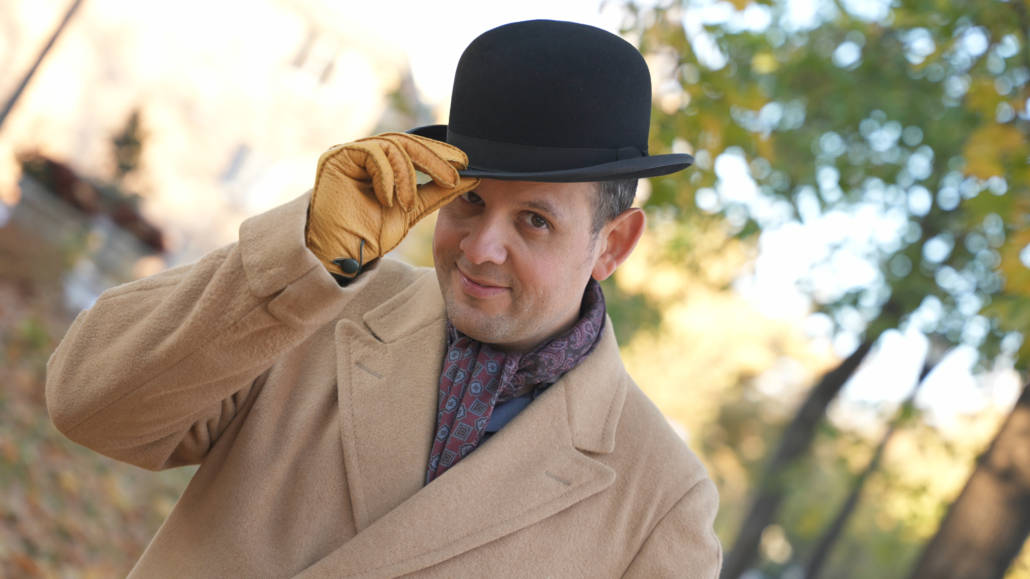



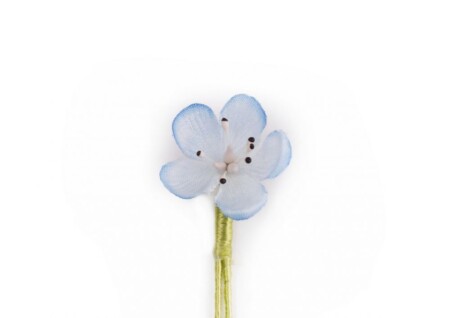
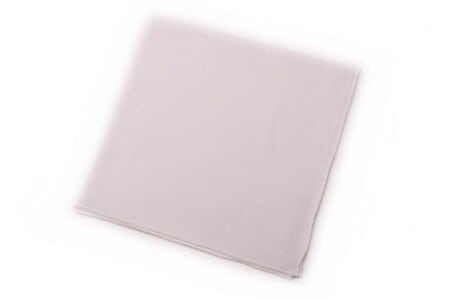


Just a small point. Leicester is pronounced ‘Lester’. I am glad that you pronounced Coke as ‘Cook’ as it should be.
Thanks for the clarification, Simon! I was surprised to hear the narrator of the Pathé reel mispronounce “Coke.” Sometimes those subtle pronunciation differences can be pesky. :)
Anyone in New England knows that’s how one says, “Leicester”!
Great piece of jounalism Preston. You’ve given the topic a comprehensive treatment. Thank you for your hard work.
Reminds of the line from ‘The Magnificent Ambersons’, ‘ thus began the long domination of the derby…’. I have long fancied them myself, but opportunities for that sort of dress are sadly limited, and given the atmosphere of ‘safety-ism’ they are not welcome any longer in even casual equestrian circles. Good article on men’s headware from the period.
I imagine the proper shoe to go with a bowler would be the derby.
While you allude to riding, this is the proper hat for male members of the field without colors of a fox hunt. It is also appropriate for women with colors. Of course now safety helmets are usually required. Herbert Johnson used to make wonderful bowlers for both street and hunt (they are slightly different). Still look sharp with a dark overcoat.
I love the article on the bowler hats. I’m attending a family wedding in 2022 & I plan to treat myself to a nice dark brown ( possibly tweed ) suit with waistcoat, perhaps a pair of smart brown brogues too. I love the idea of purchasing a good quality brown bowler hat. Are there any tips or advice for this look?
Love the bowler. While I most frequently wore a fedora to my office for work as a police investigator I would also sport my bowler some days and it never failed to occasion positive comment.
There’s a reason such a classic look is called a “classic”.